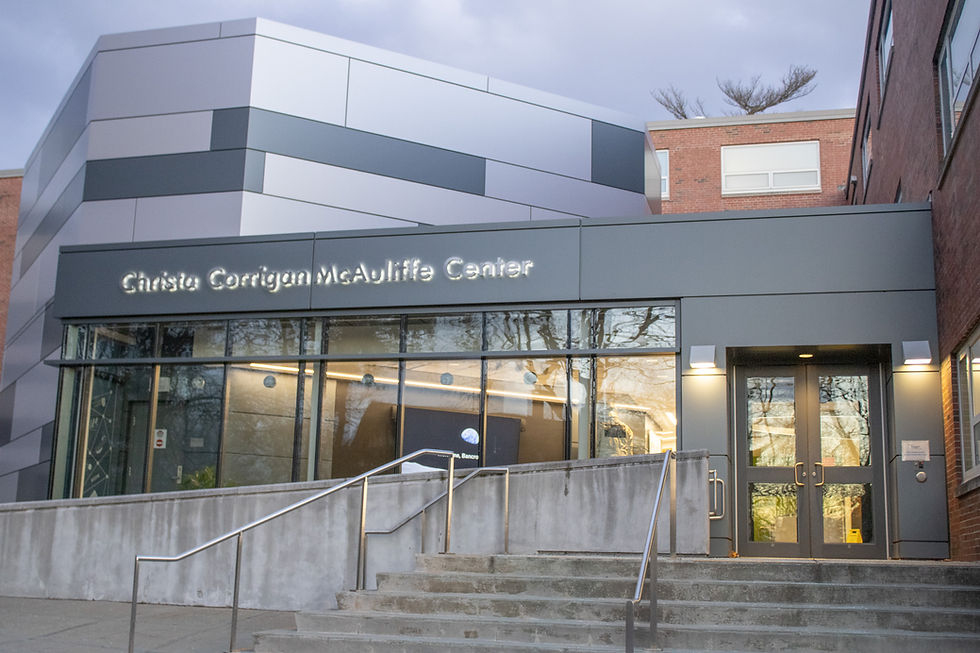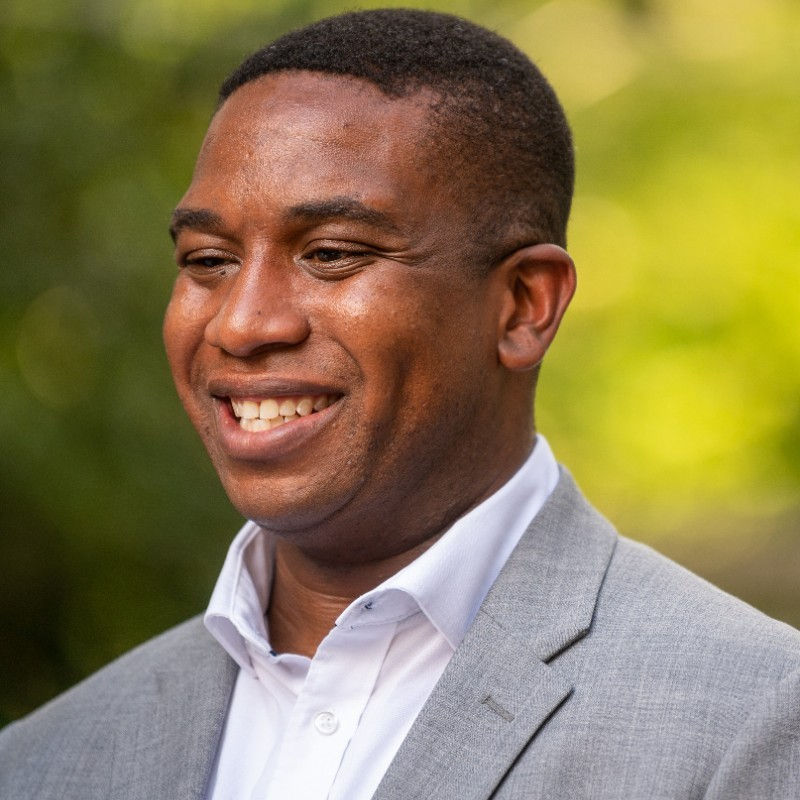University Native American seal and logo discussions on hold
- Leighah Beausoleil

- Oct 7, 2021
- 6 min read

By Leighah Beausoleil, Steven Bonini
The approaching Columbus Day/Indigenous Peoples’ Day has sparked discussion at Framingham State University pertaining to its seal and logo that depicts Native American imagery.
The University will await developments on the state level as well as stable project leadership before proceeding with any changes.
FSU’s seal and logo is dramatically similar to the Massachusetts state seal and flag, both with imagery of a Native American holding a bow and arrow pointed downward to signify peace. However, the state flag also includes a sword above the Native American’s head.
According to President F. Javier Cevallos, this depiction is no longer in line with the University’s current values of diversity, equity, and inclusion – with this imagery said to reflect white supremacy, genocide, and violence.
The initial conversation concerning these images at the University was sparked by the discussions happening on the state level, according to Cevallos.
Daniel Magazu, communications director, said former Vice President of Diversity, Inclusion, and Community Engagement Constanza Cabello formed a committee last year with representatives from the different Native American organizations in the surrounding area – most prominently the Nipmuc Indian Council.
Magazu added due to Cabello’s departure and Cevallos’ retirement announcement, the University is holding off on any major decisions about the seal and logo during this transitional period.
He said the significance of changing the seal and logo is to demonstrate how the University has “evolved” in terms of representation and diversity.
Magazu said one of the goals in this effort is to better the relationship and build trust between the University and Native American tribes.
Cevallos said the University will await state discussions and more permanent project leadership before moving forward, adding, “One of the things that you don’t want to do is just to make a decision that affects the Indigenous people in the area without consultation with Indigenous people.
“So even if we’re slowing down a little bit on the logo, I think that it will be a much better conversation once we have everybody around the table to talk about it,” he said.
In an email, Rep. Jack Lewis, a Democrat representing Ashland and the City of Framingham, said on the state level, “A commission was formed earlier this year with the task of reviewing the current seal and potentially making recommendations for a new one.
“The commission continues to meet towards this goal,” he added.
“I firmly believe that the symbols we use to describe ourselves carry great power. And while updating and changing them doesn’t solely bring about the systemic, cultural change that is often required, not challenging problematic symbols only further encourages greater ignorance,” Lewis said, adding, “These remain important conversations that must continue to center Indigenous voices.”
Eric Nguyen, director of the Center for Inclusive Excellence (CIE), said the seal and logo conversations predate his time at FSU, but he has been involved in similar discussions as a resident of Natick, which also has a seal with Native American imagery.
He said on the one hand, it’s detrimental for these images to hold historically inaccurate
representations of Native Americans, but he warned of the other side, where eliminating these symbols when no other Native American representations exist could lead to further “erasure.”
Nguyen added there are some who say these symbols should be completely removed because they believe they’re inappropriate, while others say if it is all the representation they can get, they will take it.
As a new member of the University, Nguyen said he does not know about the different majors’ and their curriculums, specifically what the University teaches in terms of Indigenous history, but added it would be important to have a conversation concerning the inclusion of Native American culture into the different curriculums, ensuring Native American students and employees are being represented, as well as creating scholarships to support them.
He added, “I think those are the kinds of things that we can really dig into and say, ‘We might be changing the seal. And if erasure is the worry, here are the ways in which we’re going to ensure that we’re actually not erasing. We’re actually going to amplify and magnify the attention that we’re paying to Indigenous peoples in the work that we do.”
Nguyen said recognizing Indigenous Peoples’ Day in place of the Columbus Day Holiday is “a good first step” in giving a form of reparations to Native Americans.
He said he is working on booking a speaker to present on reparations for a future CIE event.
According to Cevallos, the University recognizes the holiday as both Columbus Day and Indigenous Peoples’ Day.
He added this idea falls in line with his own personal beliefs coming from a “Hispanic culture,” where a “day of the races” is celebrated.
Cevallos explained the idea is to celebrate the day the three races came together – the Europeans, the Indigenous People of the Caribbean, and the Africans – forming the “world we live in today.
“All of them are equally important,” he added.
“I think that it’s very important for all of us to keep remembering that, actually, we all are in the lands that were occupied by Indigenous people before we were here,” Cevallos said, adding, “Our University sits in a place that was originally part of tribal lands.
“We have to recognize the great influence that the Indigenous cultures have had on all of us and also be thankful for all the contributions that they have [made] and recognize we owe them a debt of gratitude,” he said.
FSU students had a range of responses about how to recognize the holiday.
Rosemond Odoom, a sophomore political science major, said the Columbus Day holiday name puts the focus on white people, while recognizing the day as Indigenous Peoples’ Day gives Native Americans “something to own, something to be happy about [and] to celebrate.
“It’s not something that should cause a rivalry among people,” she added. “It’s something that’s supposed to bring people together. So, that doesn’t mean that you can’t also celebrate Columbus Day.”
Matthew Mori, a senior psychology major, said he supports the name change from Columbus Day to Indigenous Peoples’ Day “because of the struggles that our Indigenous communities faced and continue to face today.”
Mori emphasized the need to spread to awareness of the Indigenous communities’ “issues” and to “recognize the achievements of the Indgineous people, not just in America, but around the world.”
Ewnie Fedna, a senior finance major, said the holiday’s two names are “the same thing,” adding, “We don’t get classes.”
She said, however, “The name’s change puts a little bit more respect on that day.”
Eva Thurston, a freshman sociology major, said recognizing Indigenous Peoples’ Day is “great.”
She said, “I think it’s something that when I was growing up, I didn’t really understand, but now that I’m older, I understand how important it is.”
Jayla Kinor, a junior communications arts major, said she doesn’t like to get into controversial topics because “of the way some people may handle responses,” but said she does support the traditional Columbus Day name.
In honor of November being Native American Heritage Month, Millie González, interim dean of the Henry E. Whittemore Library, said a series of events organized by FSU’s community partners will take place, with the library hosting events of its own.
González said she received a grant from the National Endowment for the Arts, titled “The Big Read,” which gave her the opportunity to choose from a selection of books to form a community-wide reading program.
She added she chose “An American Sunrise,” a collection by Native American Poet Joy Harjo, who will then be a keynote speaker at a virtual event hosted by the University.
The series will begin Oct. 11, with a virtual event hosted by the Smithsonian called “Youth in Action,” which Framingham community members will have access to as FSU is a Smithsonian aeliate, according to González.
She said the Danforth Art Museum will be hosting a number of related events, including showcasing a collection of Idigenious art as well as offering art classes that will draw inspiration from Harjo’s poems.
English Professor Bartholomew Brinkman will also be giving a talk on contemporary Native American poetry, she added.
González said a number of book discussions and events will also be occurring at the Framingham Public Library, the local public schools, and MassBay Community College.
The library will be handing out books to community members, she added. Framingham State students and employees can email her if they are interested in receiving a book.
She can be reached at vgonzalez@framingham.edu





